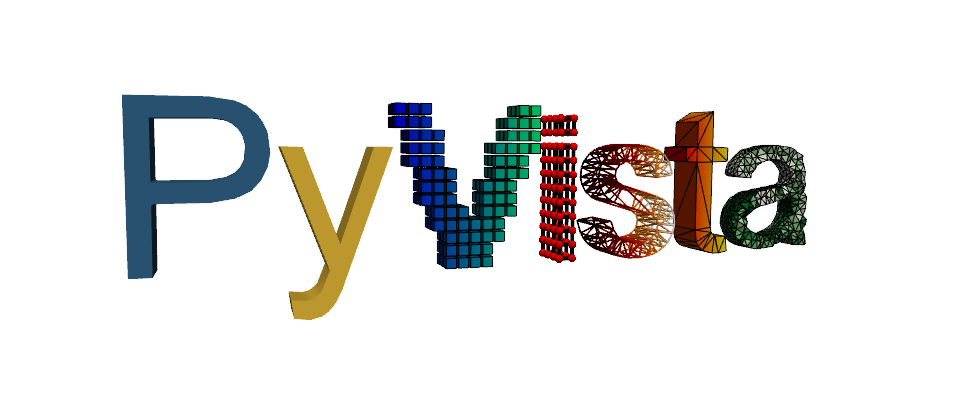pyvista.DataSet.scale#
- DataSet.scale( )[source]#
Scale the mesh.
Note
See also the notes at
transform()which is used by this filter under the hood.- Parameters:
- xyz
Number|Vector A vector sequence defining the scale factors along x, y, and z. If a scalar, the same uniform scale is used along all three axes.
- transform_all_input_vectorsbool, default:
False When
True, all input vectors are transformed. Otherwise, only the points, normals and active vectors are transformed.- inplacebool, default:
False Updates mesh in-place.
- xyz
- Returns:
pyvista.DataSetScaled dataset.
Examples
>>> import pyvista as pv >>> from pyvista import examples >>> pl = pv.Plotter(shape=(1, 2)) >>> pl.subplot(0, 0) >>> pl.show_axes() >>> _ = pl.show_grid() >>> mesh1 = examples.download_teapot() >>> _ = pl.add_mesh(mesh1) >>> pl.subplot(0, 1) >>> pl.show_axes() >>> _ = pl.show_grid() >>> mesh2 = mesh1.scale([10.0, 10.0, 10.0], inplace=False) >>> _ = pl.add_mesh(mesh2) >>> pl.show(cpos="xy")

